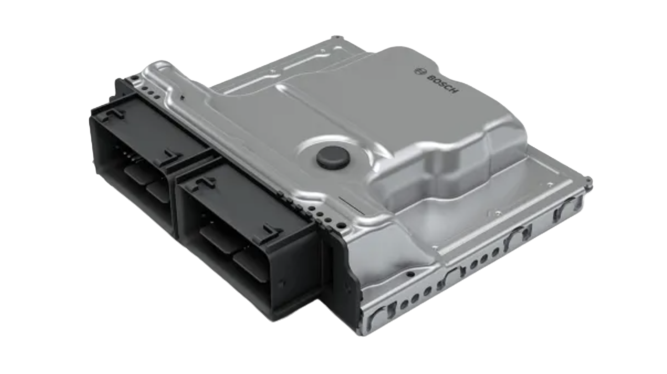MAP Sensor Calibration
In the realm of automotive tuning, the term MAP sensor calibration holds significant importance. The MAP (Manifold Absolute Pressure) sensor is a critical component in a vehicle’s engine management system, providing essential data that aids in the regulation of air-fuel mixtures, ignition timing, and other engine parameters. For enthusiasts and professionals in the chiptuning industry, understanding how to effectively calibrate a MAP sensor is crucial for optimizing vehicle performance.
What is a MAP Sensor?
The MAP sensor is a device located in the intake manifold of an internal combustion engine. Its primary function is to measure the pressure within the manifold, which is a key factor in determining the air density and, consequently, the air-fuel ratio that the engine requires. The sensor converts the pressure reading into an electrical signal that the engine control unit (ECU) uses to adjust fuel delivery and ignition timing.

Why is MAP Sensor Calibration Necessary?
Calibration of the MAP sensor is necessary to ensure that the ECU receives accurate data for engine management. Over time, sensors can drift from their original calibration due to factors such as wear and tear, contamination, or changes in ambient conditions. Inaccurate readings can lead to suboptimal engine performance, increased emissions, and even damage to engine components.
For those engaged in chiptuning, precise MAP sensor calibration is essential. It allows for more accurate tuning adjustments, improving the engine’s power output, efficiency, and reliability. Proper calibration ensures that the modifications made to the engine’s ECU are based on reliable data.
The Process of MAP Sensor Calibration
Calibrating a MAP sensor involves several steps, which can be performed using specialized diagnostic and tuning tools. Here’s a breakdown of the process:
- Initial Assessment: Begin by assessing the current performance of the MAP sensor. This involves checking the sensor’s output against known pressure values to determine if it is functioning within the expected range.
- Adjustment: If discrepancies are found, adjustments are made to align the sensor’s readings with the actual manifold pressure. This can involve recalibrating the sensor electronically or physically adjusting its position.
- Verification: Once adjustments are made, the sensor’s performance is verified under various engine loads and conditions to ensure consistent and accurate readings.
Tools Required for MAP Sensor Calibration
To effectively calibrate a MAP sensor, several tools are typically required. These include:
- Diagnostic Tools: These tools are used to read the data from the MAP sensor and compare it with expected values. Tools like the Autotuner are popular choices for professionals.
- Calibration Software: Software that can interface with the vehicle’s ECU to recalibrate the MAP sensor electronically. This may include proprietary software from tuning tool manufacturers.
- Pressure Gauges: Used to measure the actual manifold pressure for comparison against the sensor’s output.
Common Issues and Troubleshooting
Despite careful calibration, issues can still arise with MAP sensors. Here are some common problems and their solutions:
- Erratic Sensor Readings: This could be due to electrical issues such as poor wiring or connector problems. Checking the integrity of the electrical connections can resolve these issues.
- Contamination: Dirt and debris can accumulate on the sensor, affecting its accuracy. Regular cleaning can prevent this problem.
- Sensor Drift: Over time, sensors may naturally drift from their calibrated state. Regular checks and recalibration can mitigate this issue.
Advanced Tuning with MAP Sensor Calibration
For advanced tuners, MAP sensor calibration is just one part of a comprehensive tuning strategy. By integrating MAP sensor data with other engine parameters, tuners can achieve greater precision in engine control. This involves using tools like WinOLS, which is renowned for tuning and optimizing vehicle performance. You can read more about it here.
Conclusion
In the world of chiptuning, MAP sensor calibration is a vital process that ensures the accuracy and reliability of engine management systems. By maintaining precise calibration, tuners can unlock the full potential of a vehicle’s engine, enhancing performance and efficiency. Whether you’re a beginner or a seasoned professional, understanding the intricacies of MAP sensor calibration is essential for successful engine tuning.
Want to learn more about MAP sensor calibration? Explore our range of tuning tools and software here.
If you have any questions regarding chiptuning, chiptuning tools or chiptuning files, please reach out to us and we’re happy to answer your questions! Contact us.

